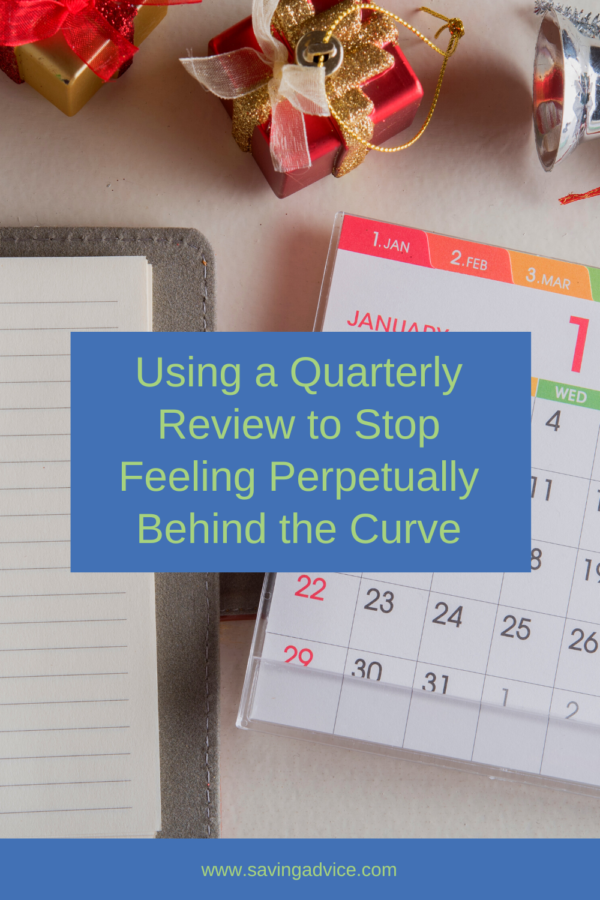
I have felt behind the curve in work (and life) for … well, let’s just say for a long time now. I encountered a series of health challenges that set me back. That snowballed into some financial challenges. After that came COVID-19 which required new adjustments. And now it seems like almost a way of life: always feeling like I am several steps behind what I want to be doing to move forward. I’m hoping that a new quarterly review process will help me get back on track. Maybe, if I really work at implementing it, it’ll even help me to get ahead!
Chime gets you paid up to 2 days early with direct depositˆ- Make the switch today
How I Already Use a Quarterly Review
The quarterly review isn’t entirely new to me. I’ve worked for myself for a long time. Therefore, I’ve established a variety of different work and personal finance routines that work for me. Historically I’ve done a quarterly review of all finances. Actually, I do an end-of-month review, but then at the end of each quarter I go into more depth with that.
So, at the end of each quarter, I review:
- How much I’ve earned and where it’s coming from
- Total debt including interest rates and repayment amounts
- Debt-reduction opportunities including balance transfers
- Breakdown of where all money is going (budget review)
Honestly, I’ve dropped the ball on this in the past year. 2020 was rough for many reasons. Therefore, I need to go back and do my 2020 financials. As a result, my 2021 financials started off with less review than usual as well. However, we’re only two months in, and I can get back on track. Part of the benefit of the quarterly review is that it prevents me from slipping too far behind. So by March 31, 2021, I will have this routine back in place.
New Ideas to Benefit from a Quarterly Review
I want to stop feeling perpetually behind. I’ve been behind on deadlines for a long time now, which isn’t like me. But more than that, I’m behind on the projects and ideas that I personally want to establish. I’m hoping a quarterly review will help me feel like I’m catching up.
Here’s how I imagine this going:
- The first two months of every quarter will be for planning, starting new activities, and promoting my work
- The third month of every quarter will be for catching up, review, and rest
So, for example, I’ve spent a lot of time in January and February trying to plan out the year. I’ve started a bunch of new projects – or at least the initial stages of them. If I kept that up the whole year, I’d always feel behind. Instead, I’m going to take March to assess and make progress on what I’ve done in January and February. Instead of starting new things or committing to new deadlines, I’ll just catch up and get organized. Then in April and May, I’ll resume planning, spreading the word, looking for new projects, etc.
My hope is that having a stop-gap every third month to just catch up will actually assist me in moving forward.
Read More:
- 5 Proven Ways to Increase Your Income Over the Next 3 Years
- 5 Tips for Better Money Habits You Can Start Today
- How Managing Your Time and Money Is Important for Mental Health
If you enjoy reading our blog posts and would like to try your hand at blogging, we have good news for you; you can do exactly that on Saving Advice. Just click here to get started.
Check out these helpful tools to help you save more. For investing advice, visit The Motley Fool.
Kathryn Vercillo is a professional writer who loves to live a balanced life. She appreciates a good work-life balance. She enjoys balance in her relationships and has worked hard to learn how to balance her finances to allow for a balanced life overall. Although she’s only blonde some of the time, she’s always striving for total balance. She’s excited to share what she’s learned with you and to discover more together along the way.
Comments